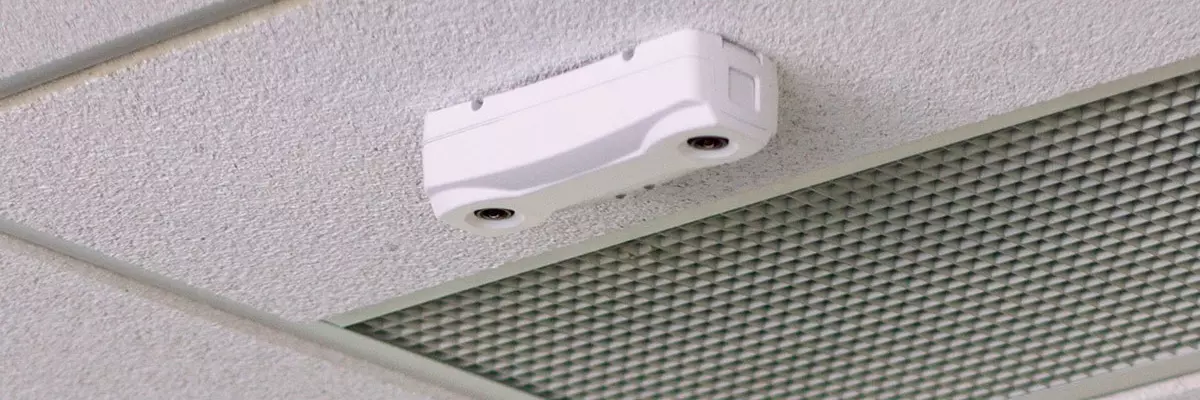
As many commercial spaces begin to reopen, the need for effective and practical ways to maintain social distancing in retail stores and other capacity-limited areas is growing. Occupancy and people counting have long provided valuable data on foot traffic and consumer behavior in retail environments. Now, this technology has become a vital tool in helping businesses prevent overcrowding, and by using customer-facing displays to indicate occupancy limits and when a space is full, it helps comply with COVID-19 regulations—saving employee time and easing customer concerns.
Throughout the pandemic, organizations deemed "essential" and still operating have been actively improving processes to promote health and safety. Grocery stores and banks have installed plexiglass barriers to enhance separation between customers and employees. Airlines have implemented face mask policies for passengers and crew while keeping middle seats unoccupied. Quick-service restaurants have increasingly utilized their drive-thru infrastructure, while traditional restaurants have shifted demand from dine-in to curbside pickup and delivery.
While these common-sense precautions have proven largely effective when properly implemented, businesses—and society as a whole—will still require additional strategies in the long term, especially as more stores begin to reopen.

Another common-sense approach adopted by organizations is to ensure social distancing remains feasible by limiting occupancy. Many organizations have taken steps to manually measure and control occupancy, only to quickly discover that the process is too inaccurate, cumbersome, and costly to implement. FLIR addresses this challenge by introducing a scalable, self-contained, and automated occupancy monitoring solution that is suitable for a wide range of environments, from grocery stores, banks, and theaters to manufacturing plants and warehouses.
At the core of FLIR’s occupancy solution is its Brickstream product line. Brickstream people-tracking cameras use best-in-class stereo vision to anonymously and unobtrusively track occupants, protecting consumer privacy while still preventing overcrowding in stores.
The cameras are installed on the ceiling above each entrance/exit. The designated "main camera" calculates the occupancy in real-time by collecting the entrance/exit counts from all cameras at that location. The main camera also serves as the reporting interface, allowing devices on the same network to view a customizable live dashboard that displays the current/available occupancy and related messages. Since the main camera handles all processing, no additional processing infrastructure is needed at the location or in the cloud.

The FLIR occupancy solution adopts a standalone IoT architecture in its Brickstream cameras and uses a BYOD ("Bring Your Own Device") approach on devices displaying the occupancy dashboard. This BYOD architecture allows users to display and monitor location occupancy on almost any device with a web browser, including PCs, laptops, tablets, mobile phones, smart TVs, etc., which are connected (via wired or wireless) to the same network as the Brickstream cameras on that device.
Supports simple dashboard customization, such as defining maximum occupancy and associated messaging, as well as deeper customization including multilingual support and changes to branding, metrics, and layout/appearance. Customer-facing displays can alert people to occupancy limits and when the space is full, saving staff time and easing customer concerns.
For setup, pricing, or a demonstration, please contact Gold-Pick Technology.